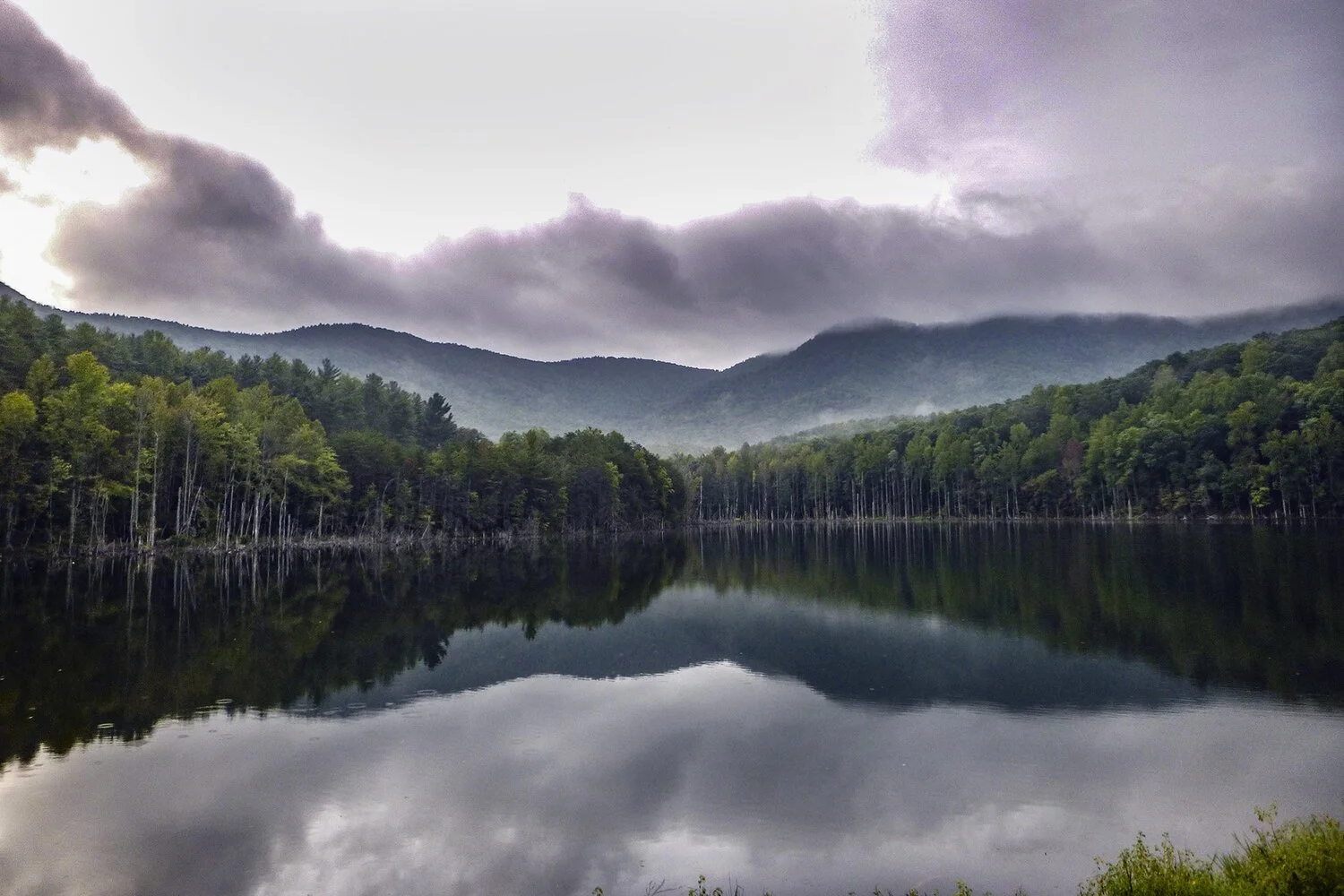Mortimer Campground: 2 Years Later
/Close to Grandfather Mountain, and crossed by Thorps Creek, Mortimer Campground is not only a window to the natural world, but also to the history of North Carolina. Originally built in the Pisgah National Forest to house the Civilian Conservation Corps during the Great Depression, the site is also close to Mortimer, NC, a historic town that was abandoned during a 1940s flood. Today, Mortimer Campground hosts campers, hikers and fishermen who want to explore the state’s history and enjoy the natural environment around them.
In some ways, this project represents the unsteady balance between the natural world and humanity and how modern engineering can help to restore it. Restoring this balance was the goal of one of our longest delayed projects.
Camp Mortimer has always abounded in local wildlife, but unfortunately around a decade ago, the needs of humans and animals came into conflict. Campers needed to drive over Thorps Creek to get to the other side of the camp. But the low-water ford bridge they used to cross was an impediment for the local trout population.
The original low-water ford bridge
Trout are part of our state’s heritage as well as a source of revenue. For them to thrive, they need a specific environment. Since trout prefer cold, clean water, their habitat tends to be restricted to mountain regions. This need sometimes clashes with human expansion and recreation. At Mortimer Campground, the existing low-water ford bridge provided accessibility between the two halves of the site, but due to its design, it also cut off a large area of potential trout habitat, since, due to its design, it was impossible for the fish to cross.
In 2010, A&O addressed the low-water ford bridge’s flood potential as well as the damage it was causing to trout habitat. While we completed a bridge design on schedule, the project was put on hold by the State due to funding issues. It was later revived when Trout Unlimited, a nonprofit dedicated to expanding trout habitat through replacing existing culverts and bridges, offered to provide the support and oversight needed. Since we had already provided original designs for a replacement bridge, Trout Unlimited asked A&O to provide construction administration and observation to complete the project.
Even in the early stages of the new bridge’s construction, the effects were immediately observable. Once the original stone bridge was demolished, it was possible to view rainbow trout crossing the original barrier upstream. This gave the fish 1,800 extra feet of river habitat that had been previously cut off. After the demolition, A&O’s bridge design was constructed with both the campers and the fish in mind. The replacement is a 35-foot, single-span, core-slab bridge raised above Thorps Creek. Finally, fish were able to cross under and populate their new larger habitat and campers were able to have a higher, safer, more reliable bridge when the water rose.
The new bridge
At A&O, two of our key principles are to be good stewards and to have servant attitudes. We look for solutions that both serve the needs of others and preserve and care for the world around us. Trout, particularly native brook trout, are as much a part of our state’s culture and history as the camp and town of Mortimer, and it is our job as good stewards to make sure their habitat remains as untouched as possible.
Two years after the project’s completion, Mortimer Campground is still a popular place for hikers, campers, and fishermen who can appreciate both the history and beauty of the park, but also the bounty of our state.







